I can barely recall what I did when I was 20, but what this 20-year-old is doing for the environment now is something I won’t ever forget (you won’t, too). Boyan Slat, founder and CEO of The Ocean Cleanup, is set to deploy the world’s first cleanup system that can safely remove plastic waste from oceans.
Every year, an estimated 300 million tons of plastic are produced and thrown away. And almost 5 trillion pieces of plastic are, right at this moment, floating through our oceans, threatening marine organisms.
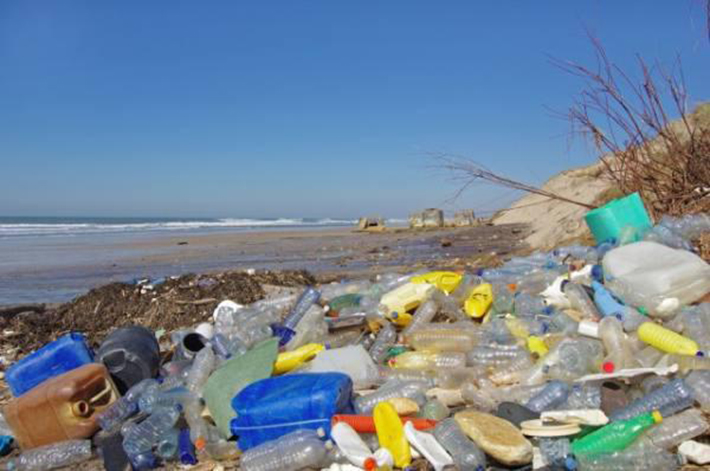
Shutterstock / Fabien Monteil
Slat came up with a brilliant system that could rid oceans of damaging plastic refuse. This may not sound rather doable, but when you hear more about his solution to the problem, you’ll understand why his invention is now garnering so much support.

This young man is really making a huge difference. We are all rooting for him to succeed.

The Ocean Cleanup
The structure he designed will float, buffered along by the oceans’ currents. Using the natural movement of the current, it will snag plastics and other debris which will then be picked up via a conveyor belt.
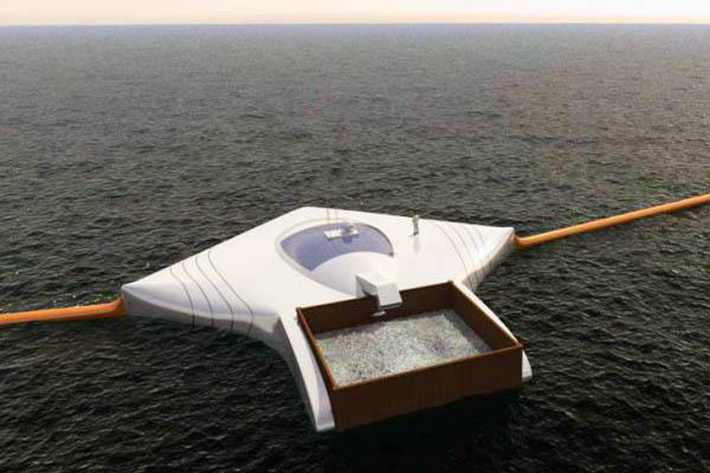
The Ocean Cleanup
“At over 2,000 meters (6,561 feet), this debris-trapping system will be the longest floating structure in the ocean.”
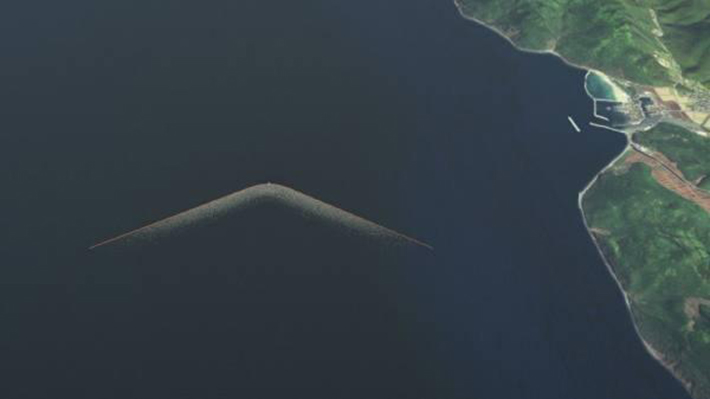
The Ocean Cleanup
The structure will be deployed off the coast of Japan in early 2016, where it will be in operation for at least two years.
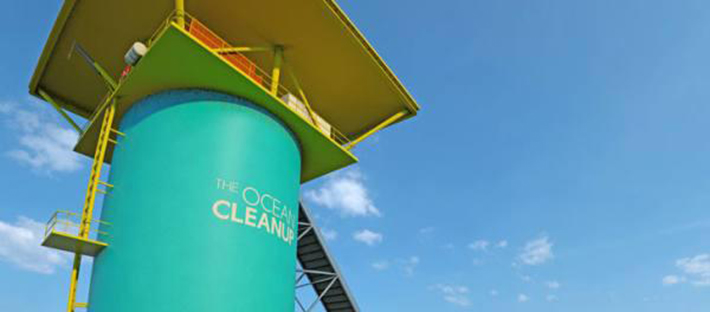
The Ocean Cleanup
Slat says “Not only will this first cleanup contribute to cleaner waters and coasts but it simultaneously is an essential step towards our goal of cleaning up the Great Pacific Garbage Patch.”
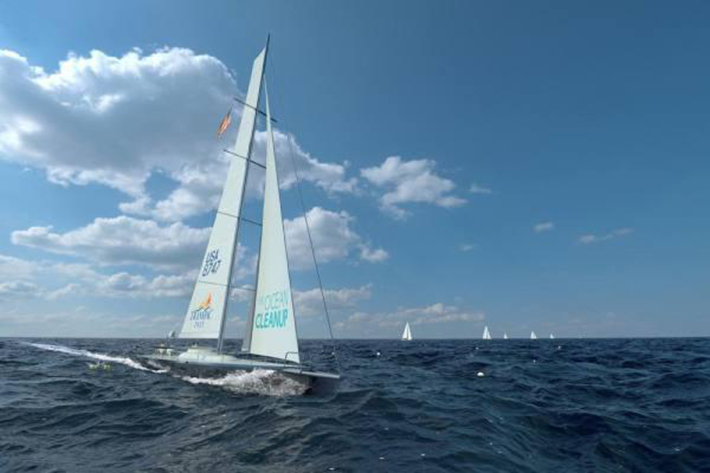
The Ocean Cleanup
But before it’s deployment next year, The Mega Exploration (an initiative to create a high-resolution map of plastic in the Pacific Ocean) will take place this August.
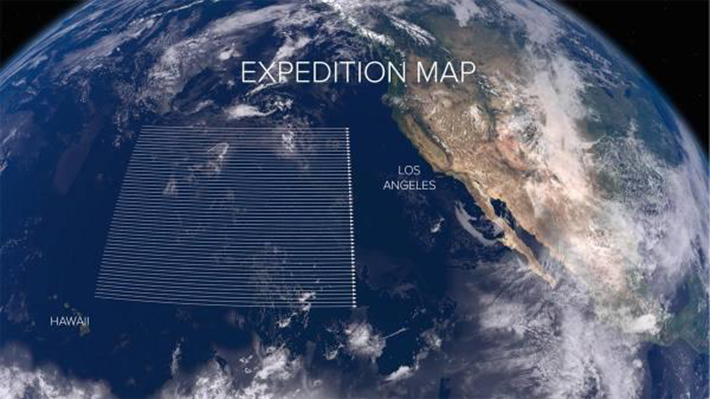
The Ocean Cleanup
The expedition’s long-term goal is to launch a 62 mile long structure within 5 years and clean up about half of the Great Pacific Garbage Patch between Hawaii and California.
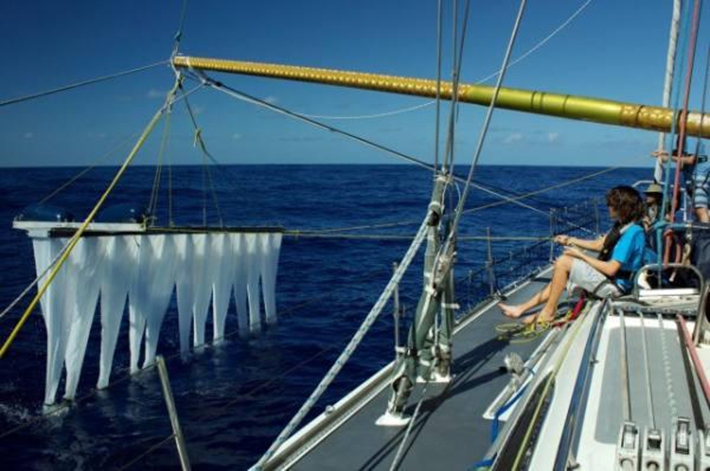
The Ocean Cleanup
Watch the video for the full story.
For more info, visit The Ocean Cleanup │ H/t IFL Science

